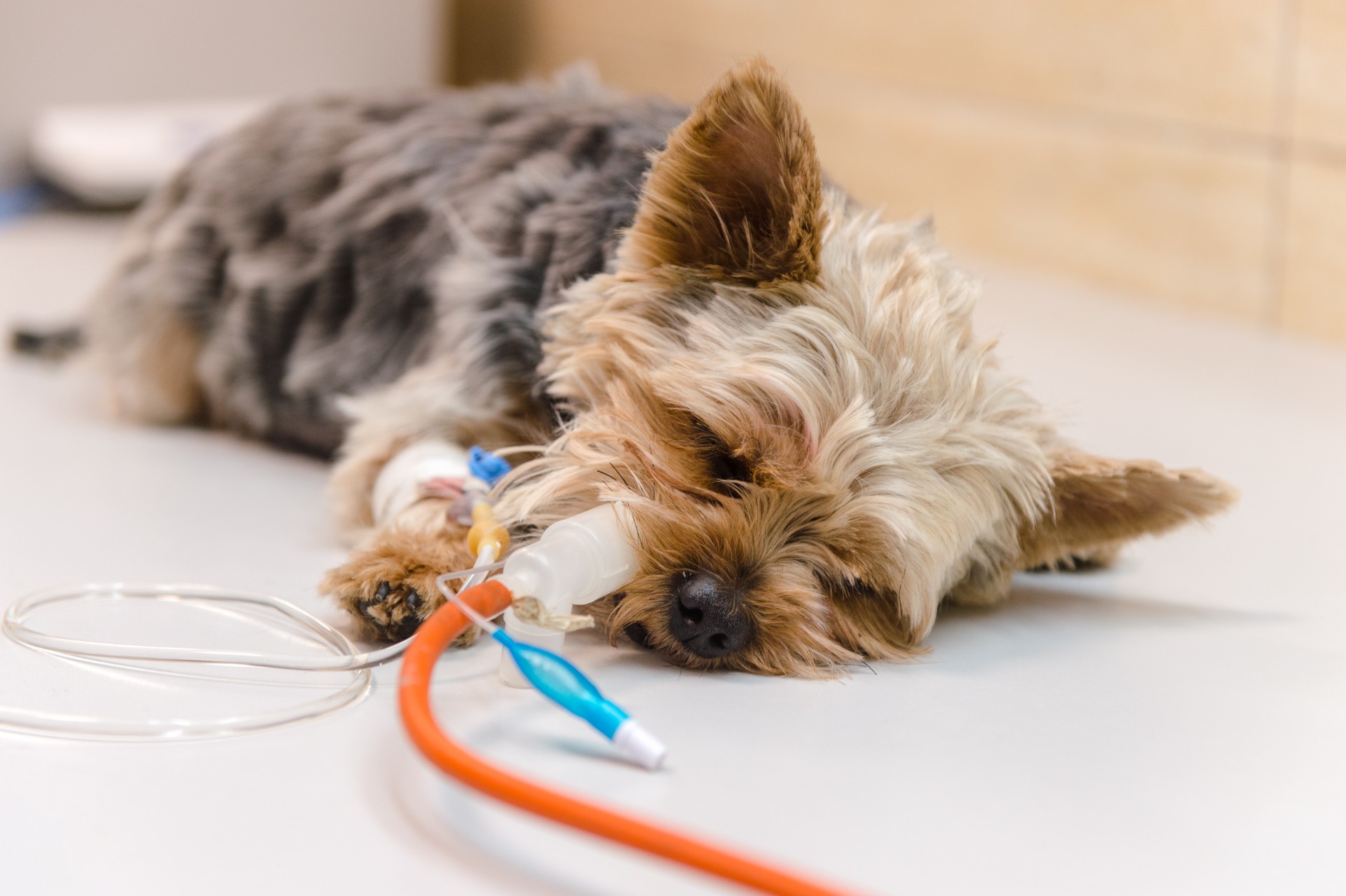Alabama Rot is, thankfully, a very rare disease first identified in UK in 2012. It is not known what causes the condition, but a similar disease first appeared in the US in the 1980’s. Sadly it proves fatal in up to 8 out of 10 dogs who contract the disease.
What is Alabama Rot?
Alabama Rot (also known as Cutaneous and Renal Glomerular, or CRGV) is a disease which causes blockages and damage to the blood cells of a dog's skin and kidneys. This causes skin ulcers (sores) and then kidney failure, which can sadly be fatal.
The disease was first diagnosed in Alabama in the 1980’s (hence the name) affecting greyhounds, but only a few cases were reported before it seemed to disappear. Because of this, very little research was done into the disease, and no treatments or vaccines were developed.
However, in 2012 there were 16 confirmed cases of Alabama Rot in the UK, and there have been a few more each year since then. The cases are not isolated to any one region in the country or seen to affect any particular breed of dog. Several organisations are researching the disease in the hope of finding a cure, but currently it remains very difficult to treat.
What are the symptoms of Alabama Rot?
The primary symptom of Alabama Rot are skin ulcers. These may be swollen or red patches of skin, or open sores which will cause hair loss in the affected area. These lesions are usually found on the lower half of the body, including the paws, lower legs, and sometimes the tummy, face and tongue. You may notice your pup licking the area excessively if a sore is forming.
Alabama Rot can progress to cause acute kidney failure which is incredibly dangerous. Kidney failure can occur anywhere between 1 and 10 days after the skin lesions first appear, but usually occurs around 3 days after. Signs of kidney failure include:
- Being sick
- Lack of appetite
- Tiredness
Of course, these reasonably generic symptoms could be caused by a huge number of other conditions and do not necessarily indicate kidney failure. However, if they occur along with skin ulcers you should visit your vet immediately to have your dog’s kidney function checked.
What causes Alabama Rot?
It's unknown exactly what causes Alabama Rot. As it is such a rare disease it's difficult for researchers to study, but they have found some commonalities between the existing cases. The main pattern seems to be that affected dogs had been walking in muddy or wooded areas shortly before the skin ulcers appeared, but no firm conclusions have been made.
Most reported cases of Alabama Rot have been in the south of England, but there have been several instances elsewhere in the country. You can check whether there have been reports of Alabama Rot near you with Vets4Pets' Alabama Rot Location Checker.
The cases in US only affected greyhounds, but in the UK, it has been shown that it can affect any breed. In fact, no evidence has been found to suggest that any particular breed, age, or sex of dog is more or less likely to catch the disease.
Is Alabama Rot fatal?
Unfortunately, Alabama Rot has been found to be fatal in 8 or 9 out of 10 cases. However, the diagnosis can only be completely confirmed after death when kidney tissue can be examined. This means there could be unrecorded cases of dogs who successfully recovered from the disease, so it may not be quite so bleak.
Getting your dog’s kidney function checked as soon as symptoms appear is the only way to ensure the best odds of recovery.
How is Alabama Rot treated and prevented?
Your vet will be able to diagnose Alabama Rot by examining the skin lesions and asking about any other symptoms you've noticed.
However, whilst experienced vets may recognise signs of Alabama Rot, the diagnosis can only be confirmed after death in a post-mortem examination.

Usually your vet will prescribe antibiotics for the skin ulcers to prevent secondary infections, and closely monitor your dog’s kidney function. If kidney failure is suspected, they may recommend dialysis, treatment with fluids and careful monitoring. Research continues in the hope of one day discovering an effective treatment and even a vaccine against Alabama Rot, but without understanding the causes of the disease, this is proving difficult.
Not knowing the cause of Alabama Rot makes it difficult to know what to do to prevent your dog catching the disease.
Some things you can do are:
- Regularly Check for reportings of Alabama Rot in your local area
- Wash your dog's feet and legs thoroughly after a muddy walk which might help
Remember, whilst Alabama Rot is scary, in reality the risks are very low as it is so rare. Reported cases have increased in the UK year on year, but it is still a very tiny proportion of the UK dog population who have been affected. To make sure you can give your dog the best chance of recovery if they are unlucky enough to contract the disease or any other condition, consult our dog insurance comparison page and consider taking out pet insurance so you never have to make a decision about treatment for your pet based on cost.
